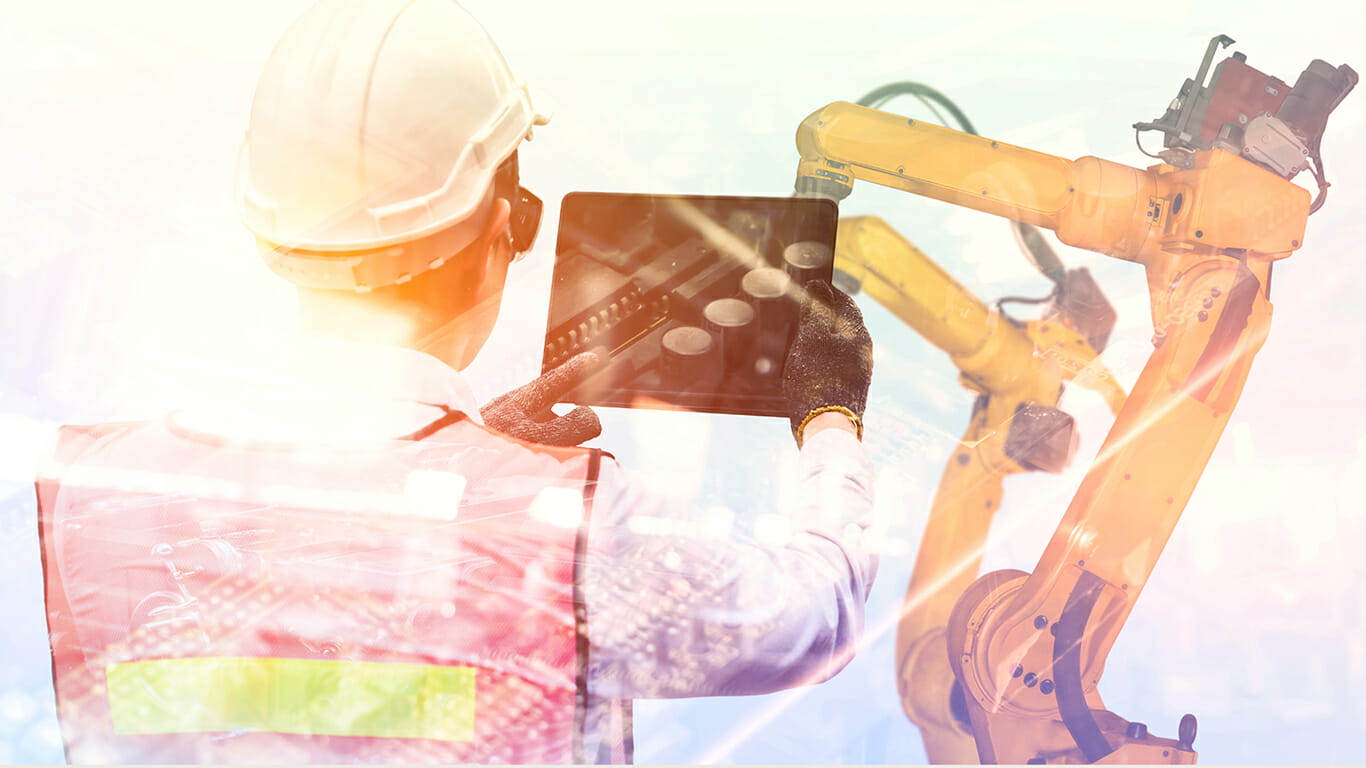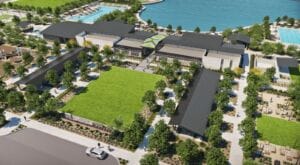In an era of relentless technological advancements, it comes as no surprise that the construction industry, often associated with tradition and labor-intensive processes, is making a transformation. Arizona construction sites are embracing cutting-edge technology and innovations that are revolutionizing the way we build. Welcome to the age of new-age construction technology, where futuristic concepts are rapidly turning into tangible realities.
LEARN MORE: Arizona economic development breaks records: Here’s a look
From the incorporation of artificial intelligence and robotics to the utilization of advanced fabrication and 3D printing, the construction landscape is undergoing a seismic shift that promises to reshape the way we conceive, design and construct our built environment.
NECESSITY OF INNOVATION
These remarkable advancements in the construction industry are driven, in part, by a nationwide shortage of construction workforce. This shortage stems from a lack of interest among young people in entering the field and the retirement of older workers. Data from the Center for Construction Research and Training reveals that nearly a quarter of all construction workers today are over the age of 55.
To meet the current labor demand, a model developed by the Associated Builders and Contractors (ABC) estimates that the construction industry needs to attract approximately 546,000 additional workers in 2023, in addition to its regular pace of hiring. This staggering number highlights the urgency to address the shortage and underscores the industry’s need to attract and retain a substantial workforce to sustain and support ongoing construction projects effectively.
To combat this issue, McCarthy has stepped up to the plate to find a solution. Unveiled earlier this year, the Innovation and Craft Workforce Center (ICWC) is a groundbreaking initiative that aims to tackle the construction workforce shortage head-on. Located in Chandler, Arizona, the ICWC serves as more than just an educational center; it acts as a hub for McCarthy’s cutting-edge endeavors in the realm of high-tech construction.
“We’re recruiting actively in the craft professional space to solve the problem ourselves, rather than complain about it,” says McCarthy Vice President of Design Integration Russ Sanders. “We’re trying to take matters into our own hands and develop the next generation of prep workforce.”
An essential component of the ICWC is its warehouse, where prefabricated materials for McCarthy projects are created and stored. Leading construction companies such as McCarthy and Sundt have embraced advanced fabrication techniques to streamline their construction processes. Through offsite construction and prefabrication of building components, these companies achieve greater precision, efficiency and quality control. Sundt’s in-house automated carpentry system, for instance, utilizes complex algorithms to seamlessly integrate and automate carpentry practices, enhancing accuracy and visualizing the final outcome.
According to Director of Innovation Eric Cylwik, Sundt’s automated carpentry system can be compared to building a LEGO set. “Through a meticulously crafted program, our carpentry practices are seamlessly integrated and automated using complex algorithms,” Cylwik says. “This system analyzes the construction site’s intricacies, generating a precise 3D model of the tasks our carpenters will undertake.”
He says it automates certain connections, transforming the traditional blank pallet of wood into a structure reminiscent of an IKEA assembly. With this advanced system, he can provide accurate details regarding the number of parts and pieces involved in concrete formwork activities, offering a clear visualization of the final outcome.
Another remarkable feature within the ICWC is The Sun Streams Control Room, an advanced facility that is responsible for monitoring, controlling and facilitating solar fields across the country. The control room is equipped with a video wall composed of 18 65-inch 4K high resolution displays that are matrixed together allowing for an unlimited amount of display sizes and configurations on the wall. A fleet of drones with heat sensors scan the solar field for weak energy cells so they can be promptly replaced before the efficiency of the solar farm is impacted.
ROBOT-READY
Drones and other robotics have a slew of advantages in today’s construction technology sector both on site and in research and development. LiDAR equipped drones are being used in a science known as photogrammetry, a process of overlaying thousands of laser scan photographs into a comprehensive 3D model.
“If you take the GPS location of the drone that the photo was taken from, the distortion angle of the lens, and then what’s in the photo, you can triangulate each little pixel in the picture based on the coordinates,”Cylwik says. “You can make some really accurate computations.”
Another groundbreaking construction robot, called Dusty, has emerged as a game-changer in automating repetitive and physically demanding tasks on construction sites. Equipped with advanced sensors and AI capabilities, Dusty navigates construction sites, transports materials, and assists in drawing out floor and ceiling plans. By taking over labor-intensive activities, Dusty not only boosts productivity but also enhances worker safety by reducing the risk of accidents and injuries.
The construction industry in Arizona is at the forefront of embracing new-age construction technology. With initiatives like the ICWC, advancements in fabrication techniques, and the deployment of innovative bots like LiDAR drones and Dusty, Arizona’s construction landscape is experiencing a transformative shift. These technological innovations not only address the pressing workforce shortage but also pave the way for a more efficient, sustainable and future-ready construction sector in the state. As Arizona continues to lead the charge in embracing cutting-edge construction technology, the possibilities for creating innovative and awe-inspiring structures are boundless.




